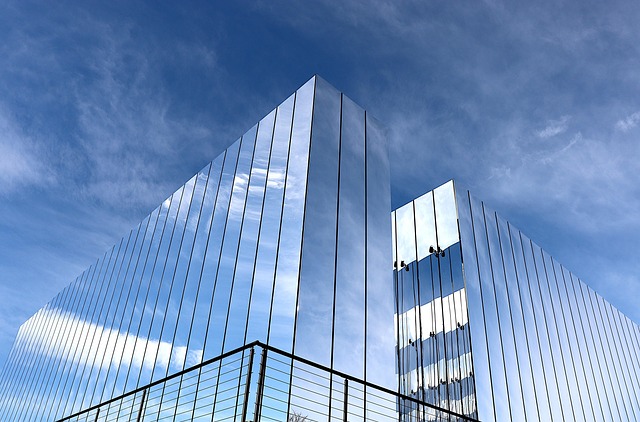
Innovative Approaches to Fostering Creativity in Science, Technology, and Workplace Culture
Creativity is often viewed as a mystical force, a spark that lights the path to groundbreaking ideas and innovative solutions. In realms such as science and technology, creativity ignites discovery and drives progress. However, it’s not just the new inventions or scientific breakthroughs that rely on creativity; it’s also the way we cultivate a culture that embraces innovation within the workplace. Here, we explore some innovative approaches to fostering creativity across these critical sectors.
Creativity in Science
Science thrives on creativity. From formulating hypotheses to designing experiments, scientific endeavor requires an inventive mindset. One significant approach to enhancing creativity in scientific research is collaborative interdisciplinary work. Scientists from diverse fields can come together to share distinct perspectives, leading to unique insights and breakthroughs.
For instance, biologists working alongside computer scientists can explore bioinformatics, producing exciting advancements at the intersection of life sciences and technology. By encouraging collaborative projects and interdisciplinary teams, organizations can create a melting pot of ideas that fuel creativity in scientific research.
Innovative Technology Solutions
In technology, fostering an environment that encourages creative problem-solving is crucial. Companies like Google and Apple have famously adopted 20% time” policies, where employees are allowed to devote a portion of their workweek to personal projects. This freedom often leads to incredible innovations, such as Gmail and the iPod.
Additionally, leveraging emerging technologies like artificial intelligence can enhance creative processes. AI can analyze vast amounts of data, generating insights that spark new ideas. From coding to content creation, human creativity paired with AI tools can lead to unprecedented possibilities in technology.
Fostering Workplace Culture
The workplace culture plays an essential role in nurturing creativity. A culture that celebrates risk-taking, echoing the famous mantra, “fail fast, learn faster,” encourages employees to explore bold ideas without the fear of failure. Building a psychologically safe environment is vital—employees must feel secure expressing their thoughts and pursuing unconventional ideas.
Moreover, companies can implement design thinking workshops, where teams engage in brainstorming sessions focused on empathy and ideation. This hands-on approach encourages employees to think creatively while also focusing on user-centered outcomes. When creativity becomes part of the organizational DNA, it can lead to remarkable innovations that position the company as a leader in its industry.
In addition, recognizing and rewarding creativity within teams can have a profound impact on motivation. Celebrating creative successes, no matter how small, instills a sense of pride and encourages ongoing innovation. Whether it’s through awards, shoutouts in meetings, or simply giving credit where it’s due, acknowledging creative efforts fosters an engaged and inspired workforce.
In conclusion, to genuinely harness the power of creativity, it is vital to embrace innovative methods that encourage collaboration in science, leverage technology for greater creativity, and cultivate a thriving workplace culture. As we explore these approaches, we create an environment where creativity is not just an afterthought but the very foundation of progress in science, technology, and beyond.



